Smiles, Songs, and Shared Joy: Why Sensory Social Routines Matter
What Are Sensory Social Routines?
A Sensory Social Routine (SSR) is a shared, reciprocal activity between two people that emphasizes turn-taking, imitation, and communication through words, gestures, and facial expressions. These routines focus on building meaningful social engagement and joy during playful interactions such as songs, games, or movement activities.
The primary goal of a Sensory Social Routine is to increase a child’s positive emotional engagement—smiles, laughter, and shared enjoyment—during face-to-face interactions. When children are motivated and having fun, they are more likely to sustain attention and participate, creating valuable opportunities for learning and development.
By fostering these enjoyable and reciprocal experiences, we help children learn to find social interactions rewarding and meaningful. Without this motivation to engage, children may have fewer opportunities to develop critical skills such as communication, language, imitation, play, and relationship building. Sensory Social Routines intentionally create rich learning moments that promote social-communicative development in young children.
Examples of Sensory Social Routines
Peek-a-Boo
Itsy Bitsy Spider
Ring Around the Rosy
The Wheels on the Bus
Creepy Fingers
Round and Round the Garden
Airplane
Swinging on Your Legs
Playing Chase
Four Core Goals of Sensory Social Routines
Enhancing Attention to Social Cues
Encouraging the child to attend to others’ social-communicative signals—especially eye contact, facial expressions, gestures, postures, and anticipatory movements.Building Emotional Awareness and Sharing
Supporting the child’s awareness and expression of emotions through shared facial expressions and affective exchanges. Adults can model smiles, playful faces, exaggerated expressions, and sound effects to capture the child’s attention and foster connection.Promoting Communication and Reciprocity
Encouraging the child to initiate, respond to, and maintain social exchanges using eye contact, facial expressions, gestures, vocalizations, and words.Regulating Arousal and Mood
Using sensory social routines to help adjust the child’s arousal level—energizing a passive child or calming an overly aroused one. These routines can help soothe, refocus, and regulate emotions, supporting overall readiness for interaction and learning.
Introducing a New Sensory Social Routine
When introducing a new routine, adults may need to repeat the same sequence several times without adding variations. This consistency helps the child learn what to expect and recognize the pattern of the activity.
Some children may not show immediate interest—persistence and repetition are key. Over time, familiarity and predictability often make the activity more engaging and enjoyable for the child.
Sensory Social Routines Involving Objects
Although many SSRs occur without objects, props can sometimes help capture and sustain attention, particularly for children who do not yet enjoy body-based games.
For example, in a stomp rocket activity, the adult may demonstrate setting up the rocket and saying, “Ready, set…”, pausing to see if the child shows interest—through eye contact, body orientation, or vocal response. The adult repeats the sequence several times, gradually encouraging the child to participate (e.g., finishing the phrase “go!”, placing the rocket, or retrieving it).
When using objects, it’s essential to keep the child’s attention focused on the adult, not solely on the item. The adult should maintain control of the object to guide the interaction and ensure that the social connection remains central to the routine.
Let’s get playing, Gina



